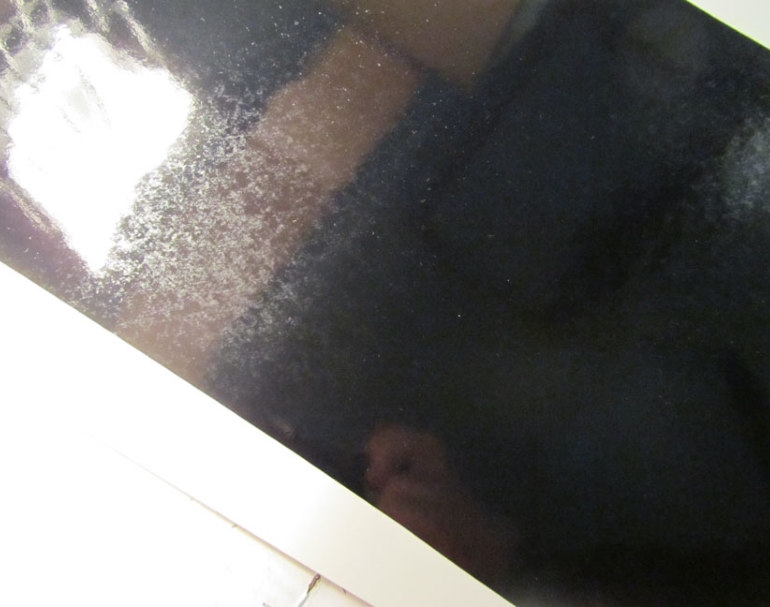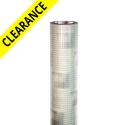
In A Muddle Over Mottle?
Hot spring and hotter summer brings a rash of folks calling about “dull flat” looking spots on their glossy, high performance vinyls. Similarly, when cold weather is upon us you would think mottled vinyl would be a thing of the past? Nope. We actually get more comments during the cold weather. Why? Because it takes longer to go away. What is mottle, where does it come from, and how do we fix it?
What Is Mottle?
Simply put, mottle is dull flat-looking spots on the surface of gloss vinyl films.
Where Does Mottle Come From?
Mottle is a negative aspect of conformability. Yep, conformability, the feature you paid extra to get in the first place. The more conformable the vinyl, the more prone to mottle. The higher the gloss of the vinyl the more obvious the dull areas. Colour also is a factor. Dark colours show the dull spots more than light or bright colours.
Mottle develops from three factors: a tightly wound roll, heat, and time. When tightly wound vinyl sits for long enough (especially when warm) the normally glossy surface conforms to the back of the liner paper. It takes on an impression of the paper. As you know from installing high performance vinyl on a rough surface, the vinyl conforms and shows every rough spot perfectly. The same thing can happen if you press vinyl against the back of the liner for long enough. It picks up - or mirrors - the surface.
Preventing Mottle
Mottle does not improve the aesthetics of a sign. So what do we do to prevent it? First, during the manufacturing process, vinyl is subjected to a special “demottling” step. Second, we check for mottle whenever we re-roll vinyl. Third, we make sure to re-wind vinyl at the proper tension. Not too loose, but - more importantly - not too tight.
What can you do to prevent mottle? If you are storing a roll of vinyl, do not let it rest on its side. Either stand it up on end or suspend it from its core. Rolls of vinyl usually come in specially designed boxes that grab the core and hold the roll up off its side. Vinyl racks with long rods also do the trick. Avoid storing vinyl near a heat source including south-facing windows.
Fixing Mottle
Heat and time are the problem - and the answer too! If your vinyl develops mottle there are a few things you can do to fix it. For an instant fix, use a heat gun or hair dryer to warm the surface of the vinyl. Mottle can disappear in seconds. You will be amazed how the gloss returns. For a less work-intensive fix, unroll the vinyl and leave it lying in a warm room, 25°C or more. The results are slower but mottle will leave in an hour or so. Obviously, summer temperatures are more helpful than winter temperatures. In winter you may need to help the process with additional heat. Another fix is premask. Premasking the vinyl will help, but the process will take longer, days not hours. The last fix option is the simplest. If you and your customer are ok with less than stellar appearance, do nothing. Time alone will remove mottle. Install the vinyl and wait a week, more or less, depending on the season. You will find that the dull areas have disappeared.
● Definition of mottle
○ Dull, flat-looking spots on vinyl
○ Most noticeable on gloss films
○ Negative aspect of conformability
○ Impression from the back of the liner
● The 3 factors of mottle
○ Vinyl wound too tightly
○ Heat
○ Time
● Preventing mottle
○ Don’t wind vinyl too tightly
○ Store properly
■ Stand up on end
■ Suspended by the core
■ Do not lay on its side
● Fixing mottle
○ Immediate: Unroll and heat with heat gun
○ Hours: Unroll and let sit in warm room
○ Days: Premask
○ A week: Install and wait
Did you know? In a pinch you can put a gloss on intermediate films. Just run them through a laminator with a smooth surface in contact with the vinyl. The liner from sandblast works nicely. You can give cast material a matte surface the same way. Try the back of liner paper.






